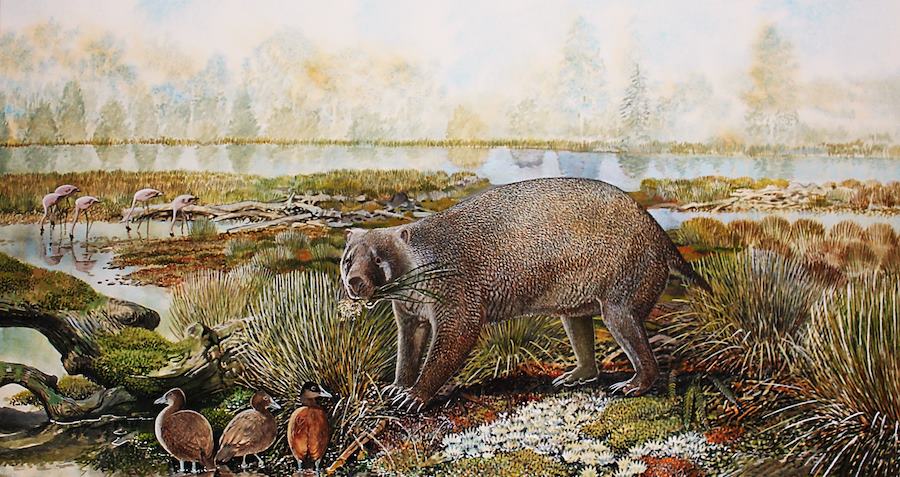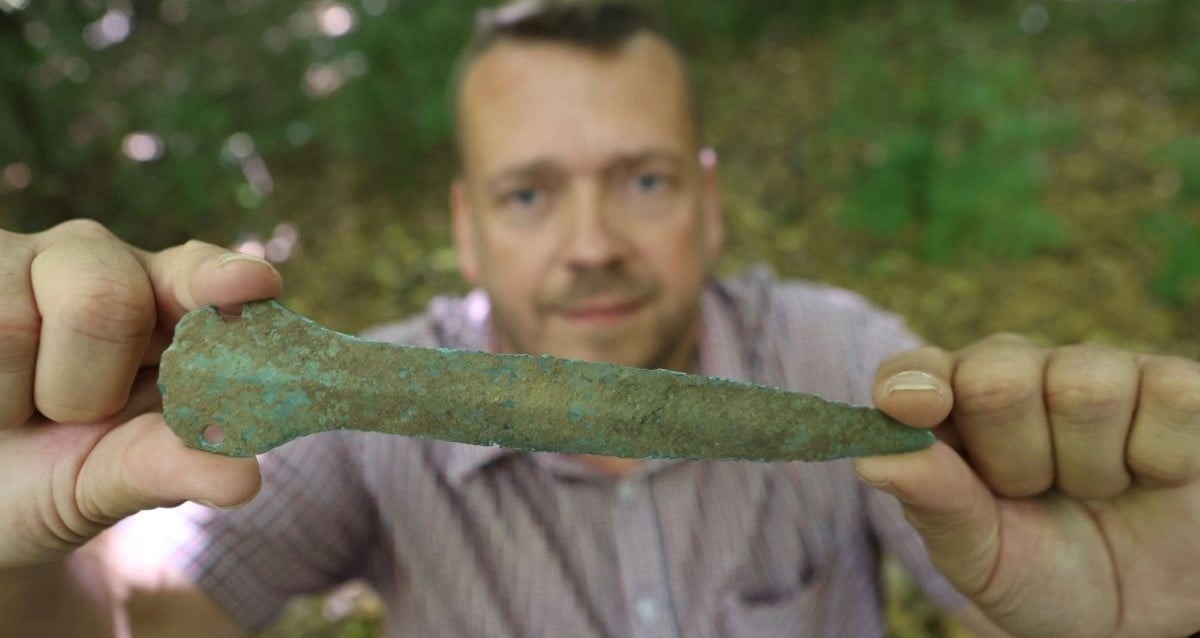Hidden for Decades: Museum Drawer Yields 25-Million-Year-Old Giant Wombat Fossils That Rewrite History
“It’s the closest relative to the wombat that’s not a wombat,” he said. “And the features that it has also tie it back to other groups within the family tree for Vombatiformes.”
In the end, it’s astonishing to note that it took 50 years after Archer and his team found the Mukupirna bones — which included a partial skull and skeleton — to conduct a thorough analysis of the species.
Were it not for the fortuitous climate conditions in 1973, the find would never have occurred. Then, it took nearly half a century to analyze the discovery because Dr. Richard Tedford of the Natural History Museum, who transported the fossils back to the U.S., died before was able to.
“Richard was going to describe this thing, but he never got around to it before his passing,” said Louys of his former PhD supervisor. “When I stumbled across them I had no idea of the history of that particular specimen.”
After reading about the giant extinct wombat relative discovered in a museum drawer after 50 years, learn about 10 terrifying prehistoric animals that weren’t dinosaurs. Then, read about the ancient shark that looked like an eel and lived 360 million years ago.















Post Comment